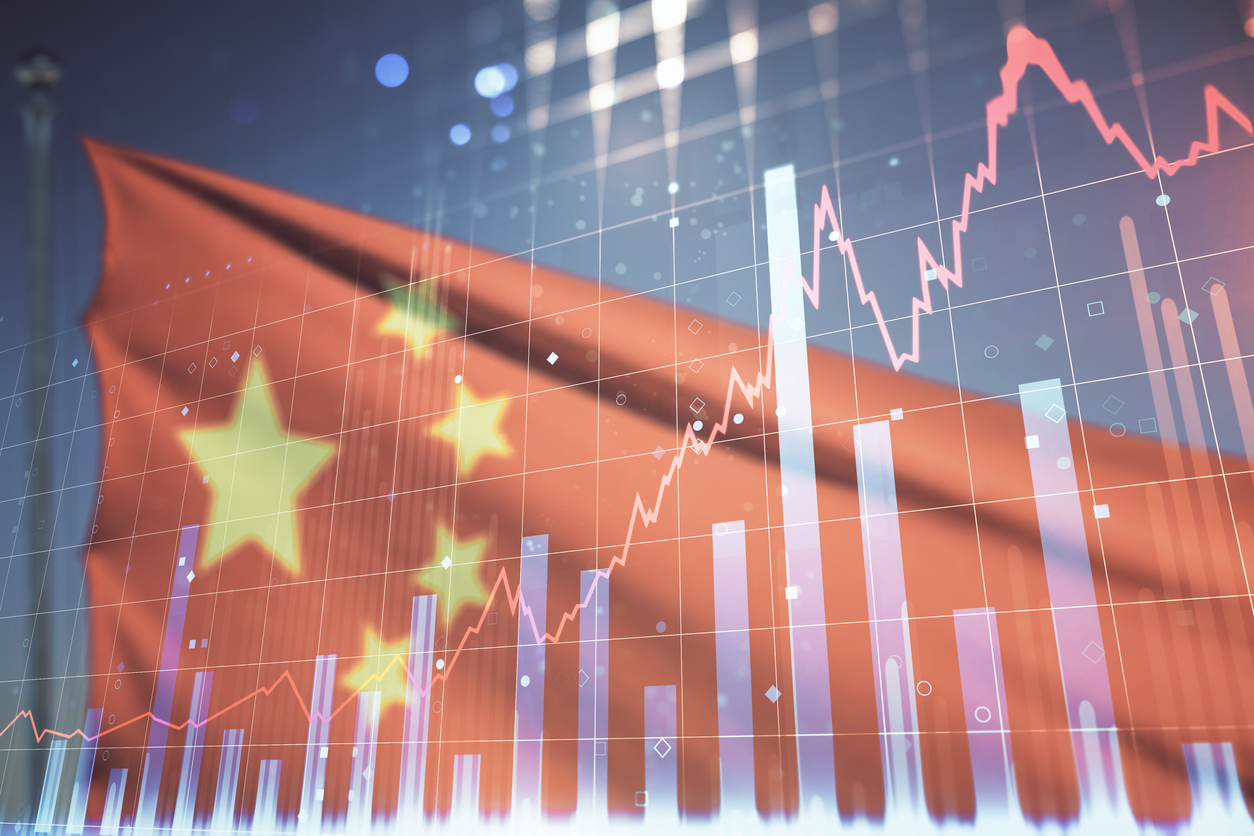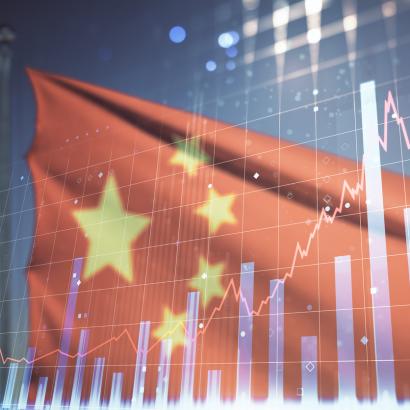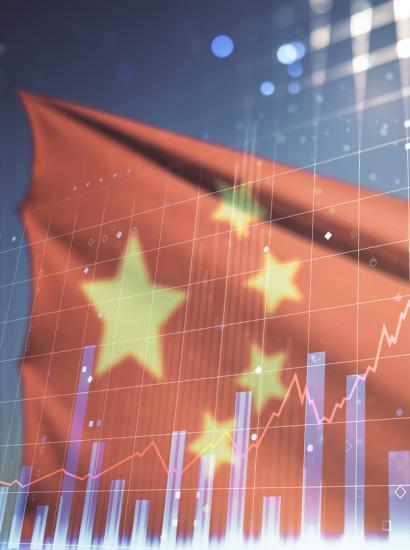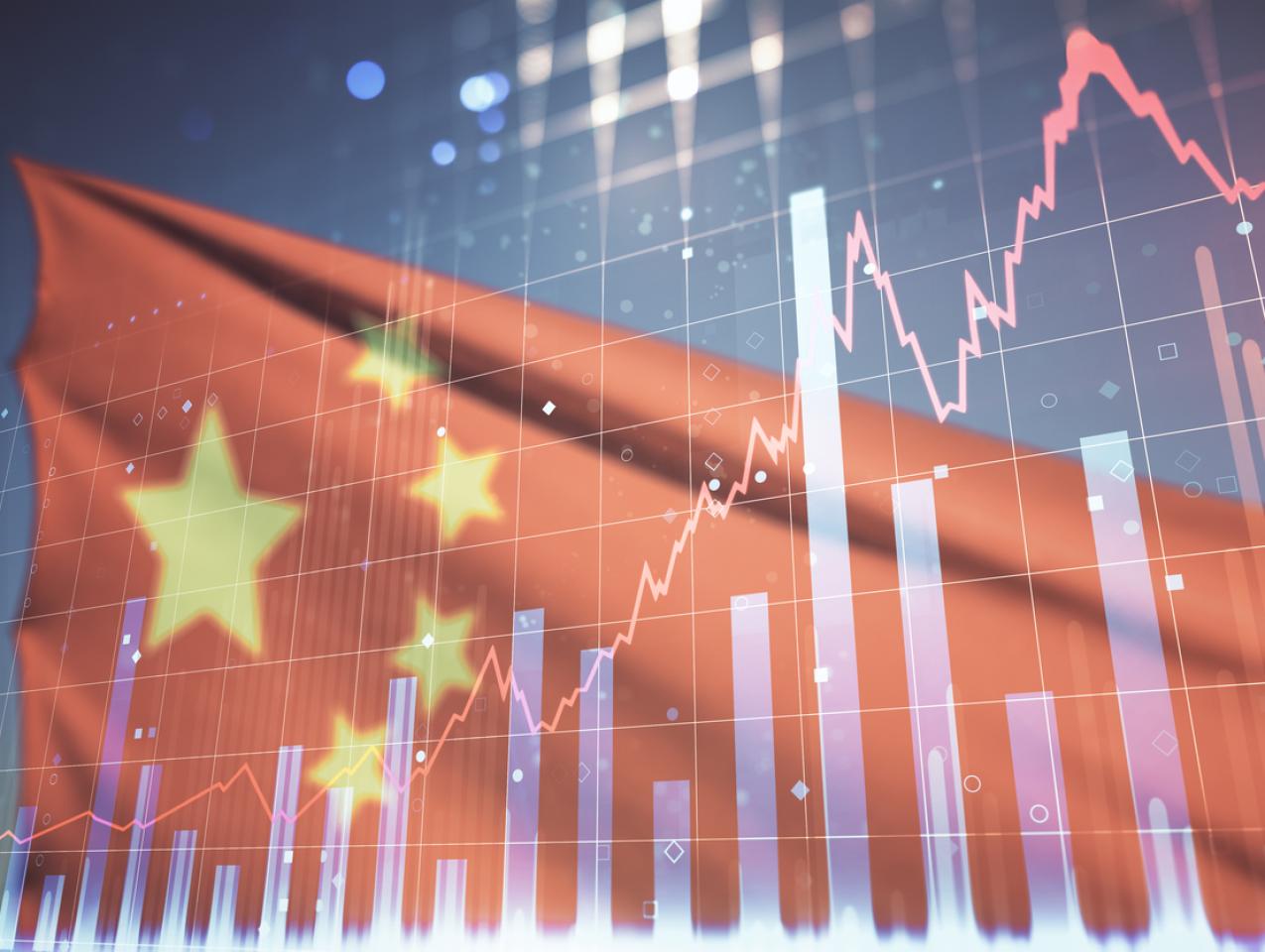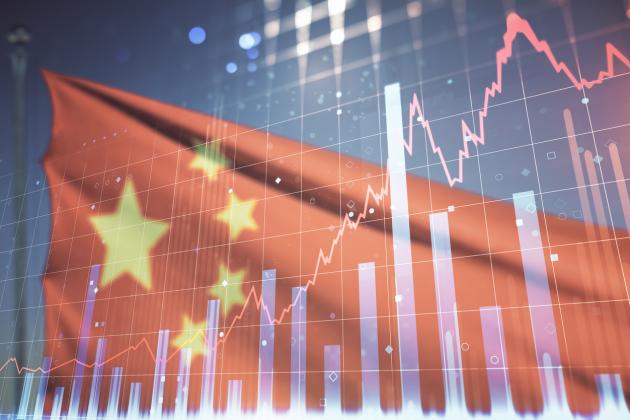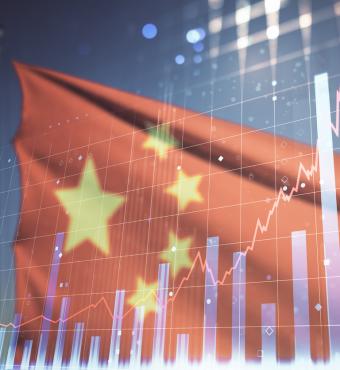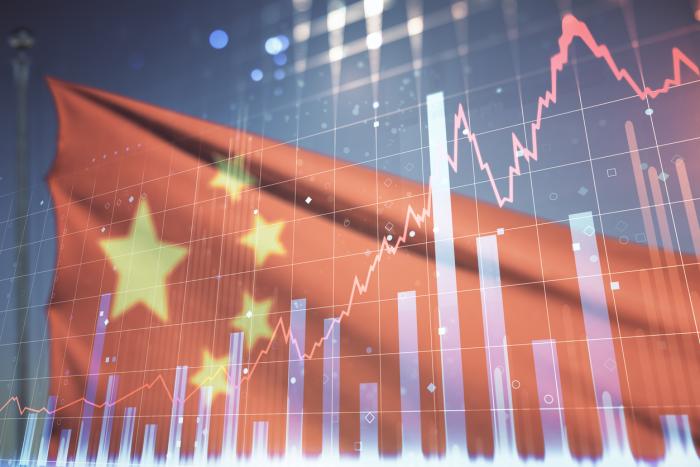- History
- China
- Revitalizing History
Hoover Fellow Matthew Lowenstein, a participant in the Hoover Prosperity Program, studies the economic history of modern China from the late imperial period to the early People’s Republic. His latest paper on lending markets in pre-revolution China offers insight into modern China.
Chris Herhalt: Compared to other nations, there seems to be a lot more discussion about the “rural/urban divide” when we talk about China’s development and its history. I wonder why you think that is.
Matthew Lowenstein: In modern China, the rural/urban divide is a huge determinant of wealth and income inequality—in fact, it’s the single biggest determinant. Regional inequality is the next biggest. That’s very different from, for example, the United States, where you don’t have such a stark difference in living standards between rural and urban residents. Sure, you have a lot of wealth inequality, but that’s not really the dividing line.
Part of the reason we talk about it historically is because it’s important today. Another reason it’s important is that we’re interested in the origins of the Industrial Revolution, one of the perennially most important questions in economic history. One school of thought is the agrarian school—the idea that the English agrarian revolution, in which English agriculture started to get much more productive in the lead-up to the Industrial Revolution, might have been an important cause of the Industrial Revolution. So, we want to know how connected the rural economy of pre-modern societies is to markets: how efficient is it, how sensitive it is to market incentives. That may give us a clue to how easily a country will eventually develop, industrialize, and allocate resources.
In other words, if you think of a kind of perfect feudal economy, there are no labor markets, the agricultural workers are tied to the land, there are little commodities markets. You grow food, you eat some of it, you give the rest to the lord or the church. It’s very difficult for that kind of economy to develop because urban firms can’t draw labor from the countryside, credit can’t find its way from agrarian enterprise, and you can’t promote efficient agriculture at the expense of less-efficient agriculture. Agrarian surplus can’t go into the urban economy. But if you think of a perfectly commercial agrarian sector, then it will behave a lot like any other sector. It won’t trap excess labor in an inefficient part of the economy. So, that’s why we care about the rural/urban divide in general.
In a historical sense, I’m not sure we do talk about it more with China. The relationship between the agrarian economy and the urban or industrial economy is also a pretty big deal in medieval European economic history or even early modern European history. When we look at different countries and how well positioned they are to assimilate technology, this is always going to be an important question.
Chris Herhalt: Your recent paper brought up the significance and prevalence of not just pawnbrokers in pre-modern China but state-run chains of pawnbrokers as an aspect of the system. I was not expecting that.
Matthew Lowenstein: There were state-run pawnbrokers going back to the Tang dynasty [618–907 CE] and those never go away, all the way through the twentieth century. But they become less important over time. So, by the time of the Qing dynasty [1644–1911], they’re becoming less and less important; private pawnbrokers are growing, and state-run pawnbrokers are shrinking. Pawn brokerage itself, the industry, is the first specialized lender in China. Other institutions have lent money for interest, but their reason for being was something else. For example, Buddhist monasteries or a lord might accept pawns from people, but they’re not professional pawnbrokers.
Chris Herhalt: Is it part of the aim of your paper to show that banking and lending in pre-revolution China were much more developed than previously thought?
Matthew Lowenstein: Yes, absolutely. One of the aims of this paper is to show that China is not so different. Any complex civilization is going to need credit markets, and those markets are going to have to be able to reach, in an agrarian economy, huge sectors of the countryside. So, it shouldn’t be surprising that there were fairly well-developed lending markets. But that is indeed what I’m showing. Also, these are basically private, for-profit markets. China may not have as developed a banking sector as England—although it’s more developed than we probably used to think—but it certainly has fairly well-developed money markets.
Chris Herhalt: After the revolution, was there a time when the attitude was “lending is the devil’s work”? How is it looked at now?
Matthew Lowenstein: There were two revolutions during my period: the revolution of 1911 that overthrows the monarchy, and the Communist Revolution of 1949. Even before the Communist Revolution, the Chiang Kai-shek nationalists were, in a lot of ways, sort of proto-communists. They were not huge fans of the free market, certainly. So, this idea that lending in the countryside was usury—some kind of coercion and hugely wasteful and bad for the economy—predates the Communist Revolution, going back to at least the late 1920s. It’s very common by the 1930s. An important work in English that talks about this is R. H. Tawney’s Land and Labor in China [1932]. It continues to be the orthodox historiography after the Communist Revolution.
But that begins to change, starting in the 1980s. A very important scholar, Fang Xiang, writes from a Marxist perspective about the history of lending. He thinks lending is not productive for the economy; it’s not market-based lending, it’s feudal lending, so it’s exploitative. But he says it’s not totally wasteful because it’s important for social reproduction. In other words, for the feudal system to maintain itself, you do need this kind of lending. So that’s already a compromise, saying maybe this wasn’t a great system, but it was playing some kind of social role.
Then, more recently, you have economic historians in China who are more sympathetic to my view. My understanding of the market is building on more recent historians in China who are the real trailblazers, and they say no, lending appears to us to be largely market-based.
One scholar, Lin Zhan, wrote a monograph called The Logic of Usury that questioned whether it might actually be a rational market outcome to have what look like astronomically high interest rates in the countryside.
So, the perception of lending in China has really changed over time. Now, this is the academic perception. The popular perception is still probably what it was in 1960. What it will say in a Chinese textbook, what most people’s impression is of a rural lender in the Qing dynasty, is a miserly landlord extracting every last coin from the oppressed peasants. It’s really baked into the popular culture.







